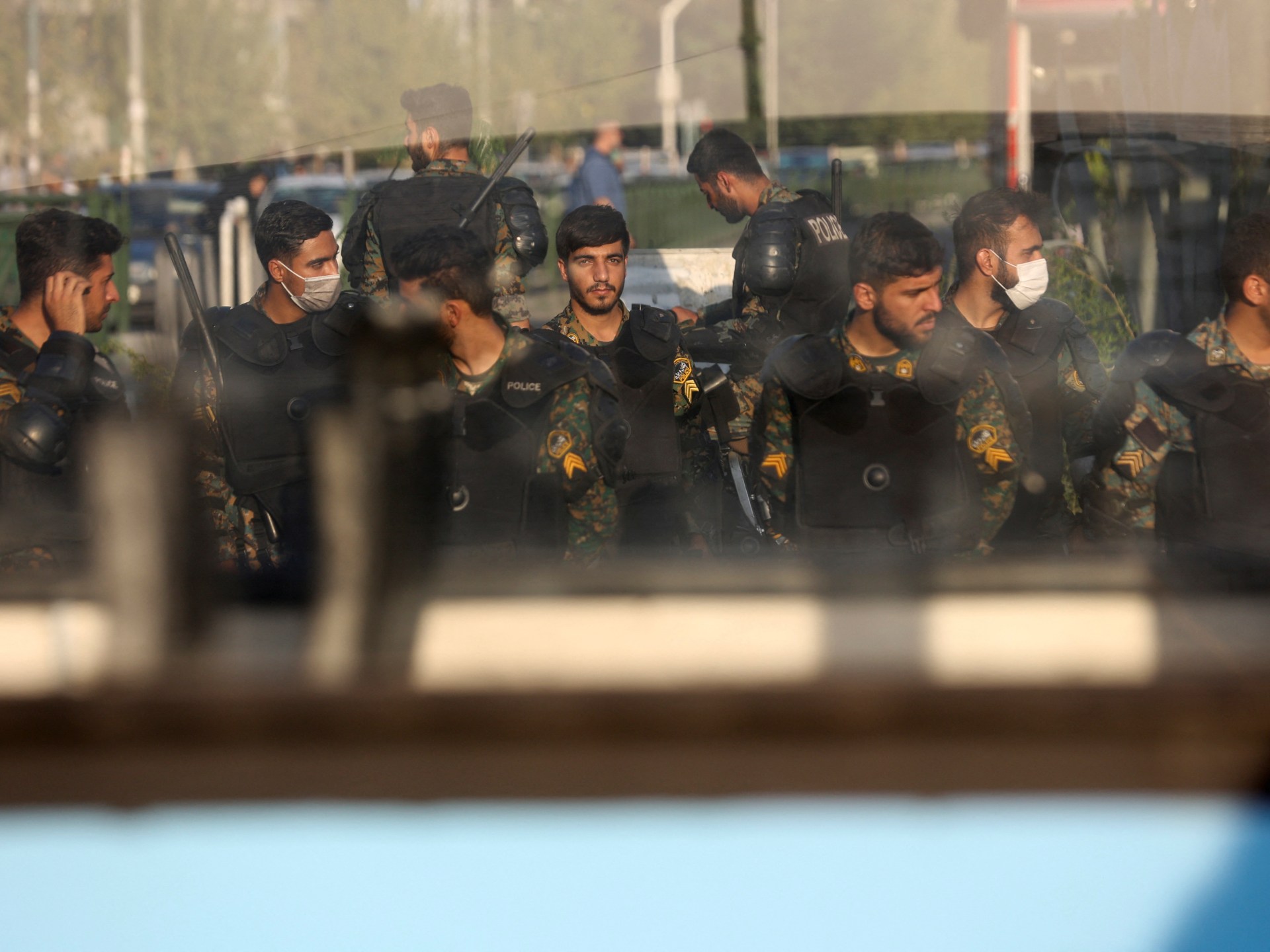Clashes erupted in Iran’s restive southeast on Friday to mark the first anniversary of a crackdown by security forces on protesters known as “Bloody Friday”, according to rights groups and social media videos.
Videos posted on social media by the Iran Human Rights (IHR) group showed marchers confronting security forces in Zahedan, capital of the southeastern Sistan-Baluchestan province, as apparent sounds of shooting are heard.
IHR and the Baluch rights group Hal Vash said at least 23 people had been injured.
The clashes came on the heels of an incident at a facility in southwest Iran in which prisoners started a fire to protest against a death sentence issued against a fellow inmate, and shots were heard, an Iranian news agency reported.
“Following the announcement of the death sentence of a prisoner in Ramhormoz prison, several prisoners have started a riot by starting a fire,” the semi-official news agency Mehr reported on Friday. “Gunfire could be heard from outside the prison.”
Mehr later reported that “calm” had been restored.
Back in Zahedan, protests continued into the night, with several videos posted online purporting to show protesters setting fire to tyres to block streets.
Zahedan’s prosecutor had earlier said the city was calm and videos showing the injured were old, the state news agency IRNA reported. The semi-official news agency Tasnim said police had used tear gas to disperse “a few people who had gathered and were throwing rocks at security forces”.
Internet monitor Netblocks reported a “significant disruption” to the internet in Zahedan on Friday, saying authorities had “systematically shut down telecoms to suppress weekly anti-government protests”.
On September 30, 2022, security forces killed at least 66 people in a crackdown, according to Amnesty International. Authorities accused protesters, angered by the alleged rape of a girl from the Baluch minority by a police commander, of provoking the clashes.
Molavi Abdolhamid, Iran’s most prominent Sunni leader and a longtime critic of Tehran’s Shia leaders, demanded justice for the victims of the…




